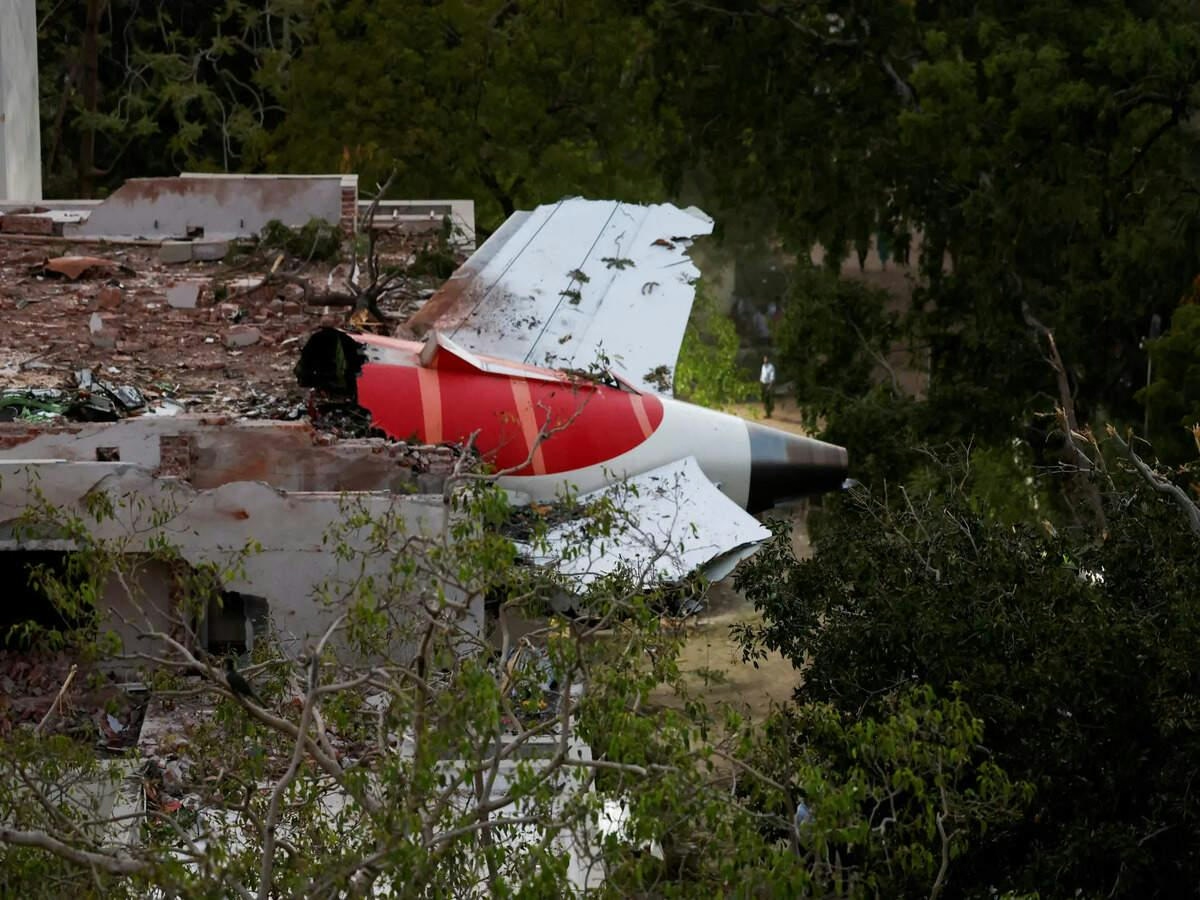
AeroGenie: il tuo copilota intelligente.
Tendenze
Categories
MRO Asia-Pacific Celebrates 25th Anniversary in Singapore

MRO Asia-Pacific Celebrates 25 Years Amidst Industry Expansion and Innovation
Aviation Week Network’s MRO Asia-Pacific, the region’s premier aviation maintenance, repair, and overhaul (MRO) event, will return to the Singapore Expo and Convention Centre from September 16 to 18, marking its 25th anniversary. As a pivotal fixture in the Asia-Pacific aviation calendar, the event arrives at a time of significant growth and transformation within the sector.
Industry Growth and Emerging Challenges
The Asia-Pacific MRO market is undergoing robust expansion, with projections indicating the addition of more than 6,500 new aircraft to the existing fleet of 9,600. Brian Kough, Senior Director of Forecasts and Aerospace Insights at Aviation Week, highlights a compound annual growth rate (CAGR) of 3.6% after retirements. Over the next decade, MRO demand in the region is expected to reach $417 billion, driven by approximately 80,200 major service events and a 2.3% CAGR. These forecasts will be elaborated upon during the event’s comprehensive presentations.
Despite this optimistic outlook, the sector faces mounting challenges. The acceleration of engine deliveries is placing increased pressure on MRO providers to enhance their capabilities and expand operational capacity. Upgrading internal workshops and integrating advanced technologies, including AI-enabled inspection methods, have become critical to meeting evolving industry requirements. The competitive environment is intensifying, prompting companies to broaden their MRO networks and pursue strategic partnerships, exemplified by XEOS’s joint venture with Lufthansa Technik. Investment in cutting-edge technologies is anticipated to be a decisive factor in maintaining market leadership.
Event Highlights and Industry Engagement
MRO Asia-Pacific 2024 is expected to attract over 6,000 participants from more than 80 countries, including upwards of 900 buyers representing airlines and lessors. The event will feature a robust program of expert-led conference sessions, extensive networking opportunities, and a fully booked exhibition hall showcasing over 325 solution providers spanning the entire MRO value chain.
The conference agenda, scheduled for September 16 and 17, will address critical topics such as operational continuity strategies, the growing role of USM (Used Serviceable Material), digital transformation for efficiency gains, practical applications of AI in aviation, aero-engine cost and reliability management, talent development and retention, investment priorities in India’s MRO sector, and evolving fleet strategies related to interiors and modifications.
Complementing the conference, the exhibition hall on September 17 and 18 will host the Go Live! Theater, offering free panel discussions on subjects including MRO potential in Southeast Asia, parts lifecycle extension strategies, regional cargo market developments, and technological advancements in turboprop engines.
Helen Curl, Vice President of Events at Aviation Week Network, underscored the event’s significance: “This milestone year is especially meaningful as we return to Singapore—our long-standing home in the Asia-Pacific region. This event continues to serve as a vital platform for industry leaders to exchange ideas, forge connections, and drive the future of MRO innovation.”
The program will commence on September 15 with the 6th MRO Asia-Pacific Awards and the Asia Aerospace Leadership Networking Reception at the Equarius Hotel, Resorts World Sentosa, celebrating excellence and innovation within the industry.
Platinum sponsorship for MRO Asia-Pacific 2024 is provided by APS and StandardAero, with additional support from Gold sponsors contributing to the event’s ongoing growth and influence. Further details on the full agenda and session offerings are available through the official conference program.
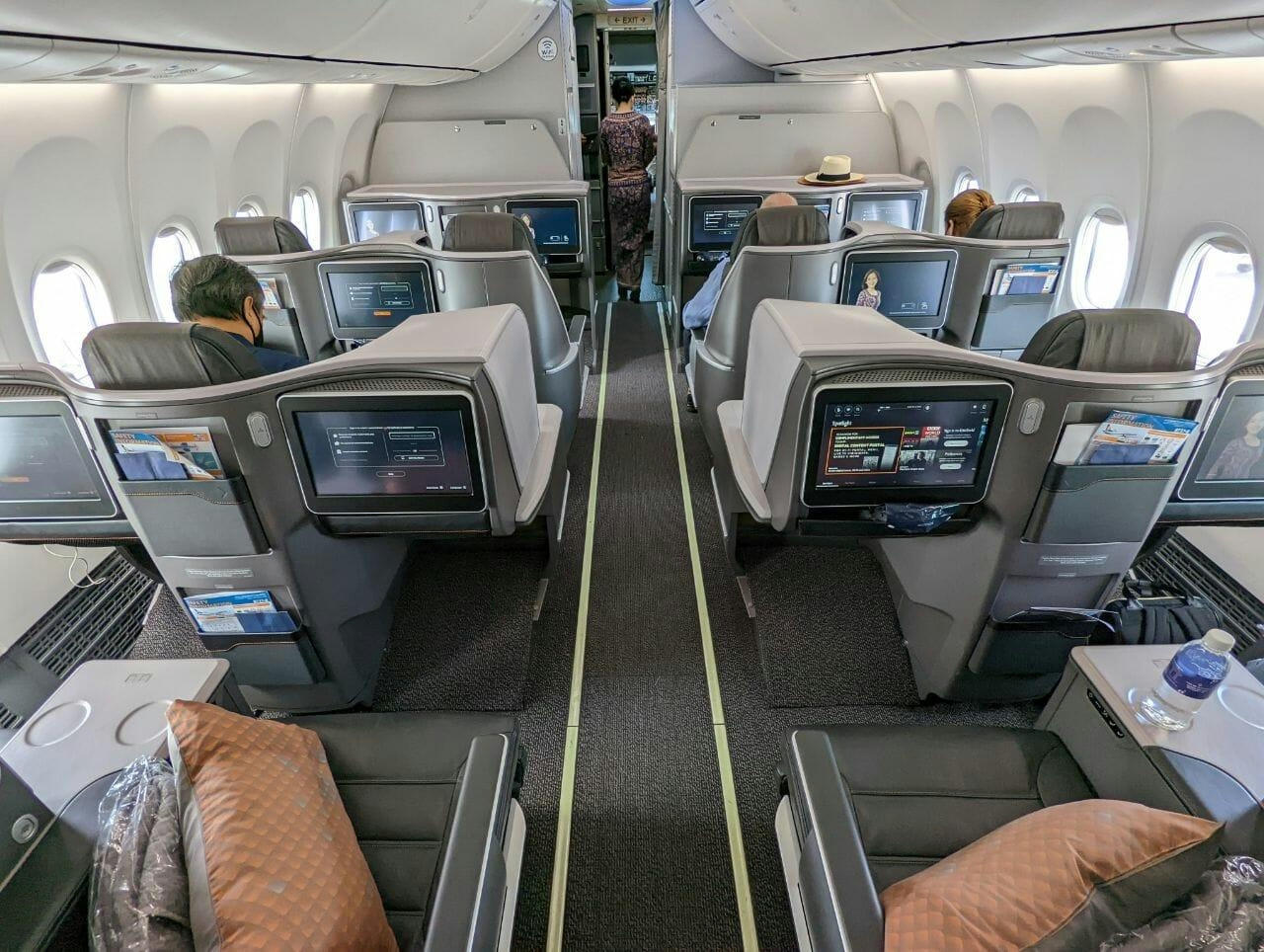
Singapore Airlines 737 MAX Business Class Review

The Enduring Legacy of the Boeing 747 in Aviation Engineering
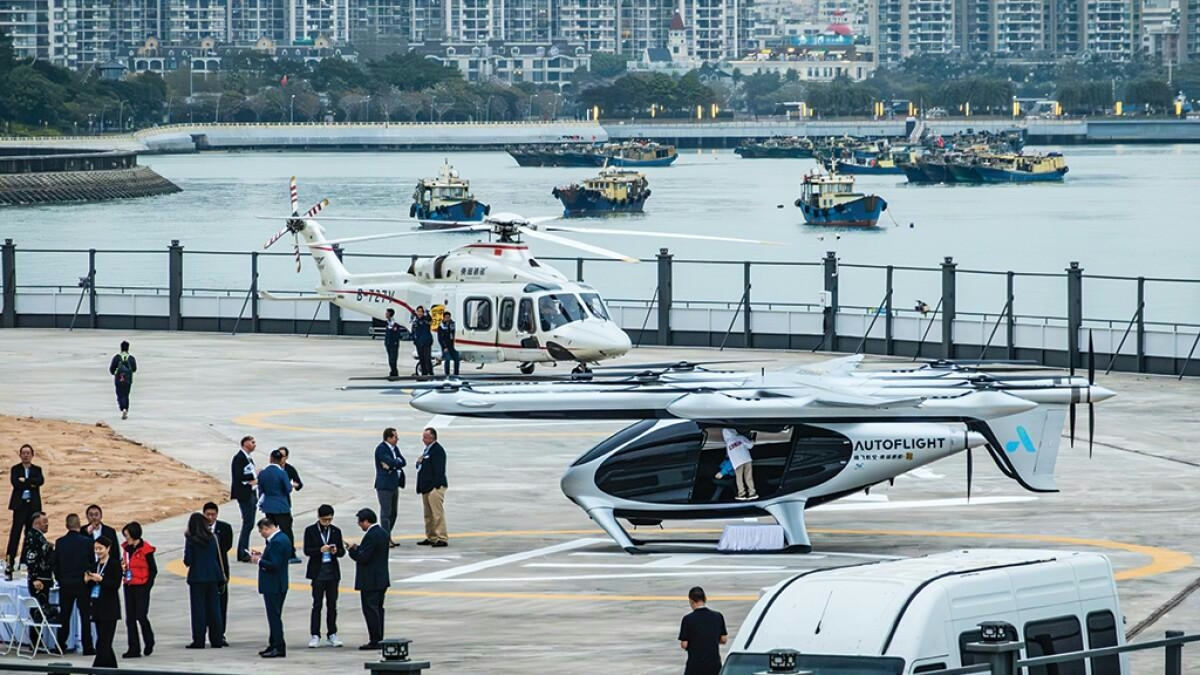
China’s Low-Altitude Economy Expands with Air Taxis and Drone Deliveries

Report Details Fiery History of McDonnell Douglas MD-11’s CF6 Engine

Supreme Court Rules Pilot Not Liable in Air India AI171 Crash

Huntington Beach Considers Vertical Taxi Pilot Program
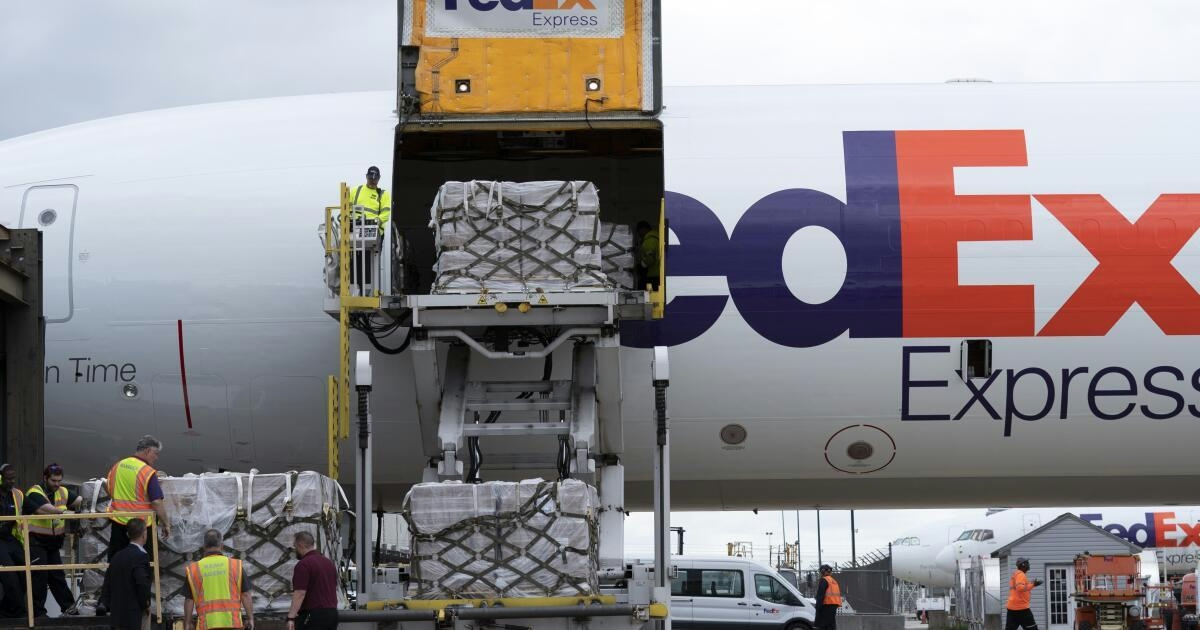
Flight Reductions Threaten Timely Delivery of Critical Goods to LAX and Other Airports
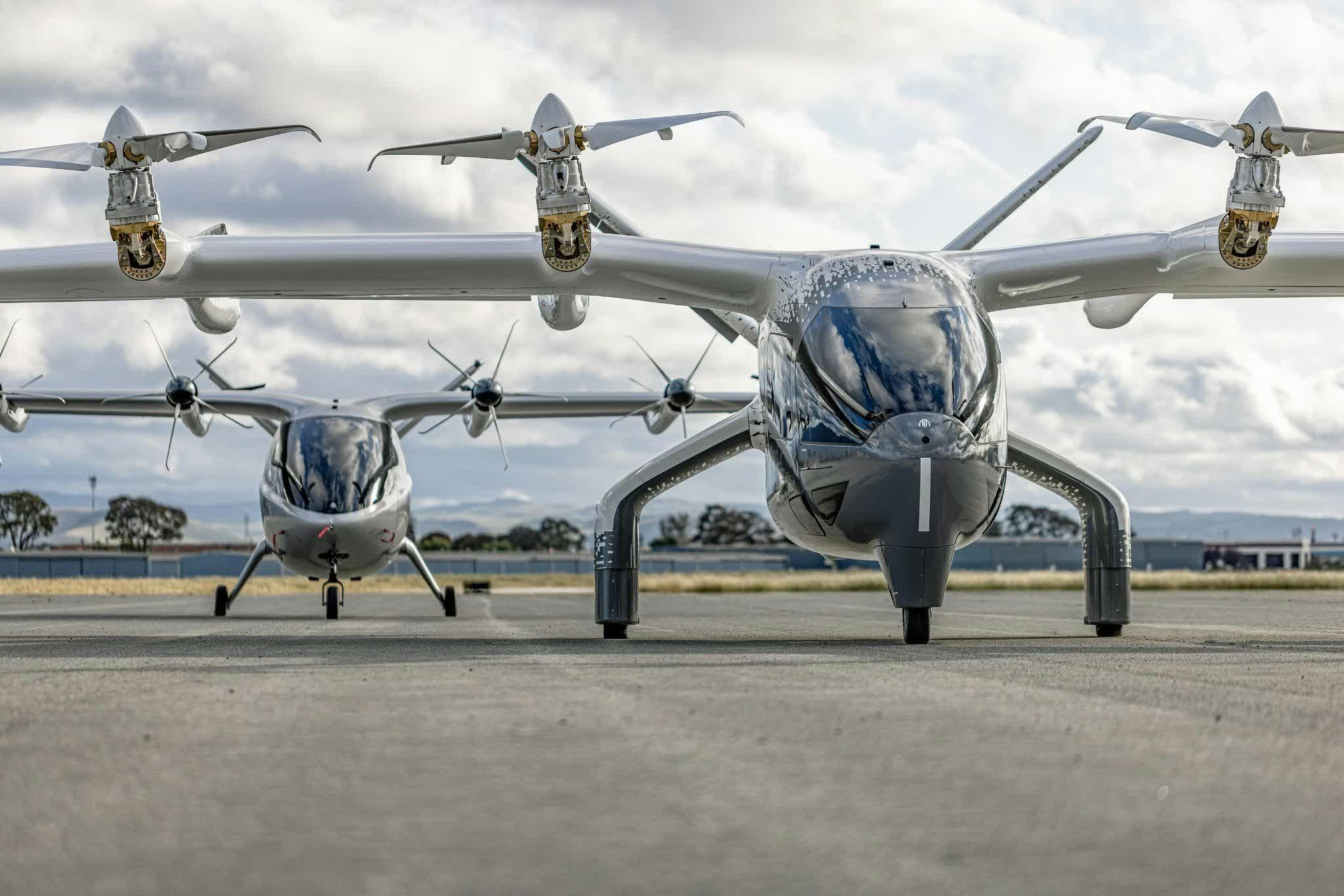
Archer Aviation Shares Decline Amid Market Volatility
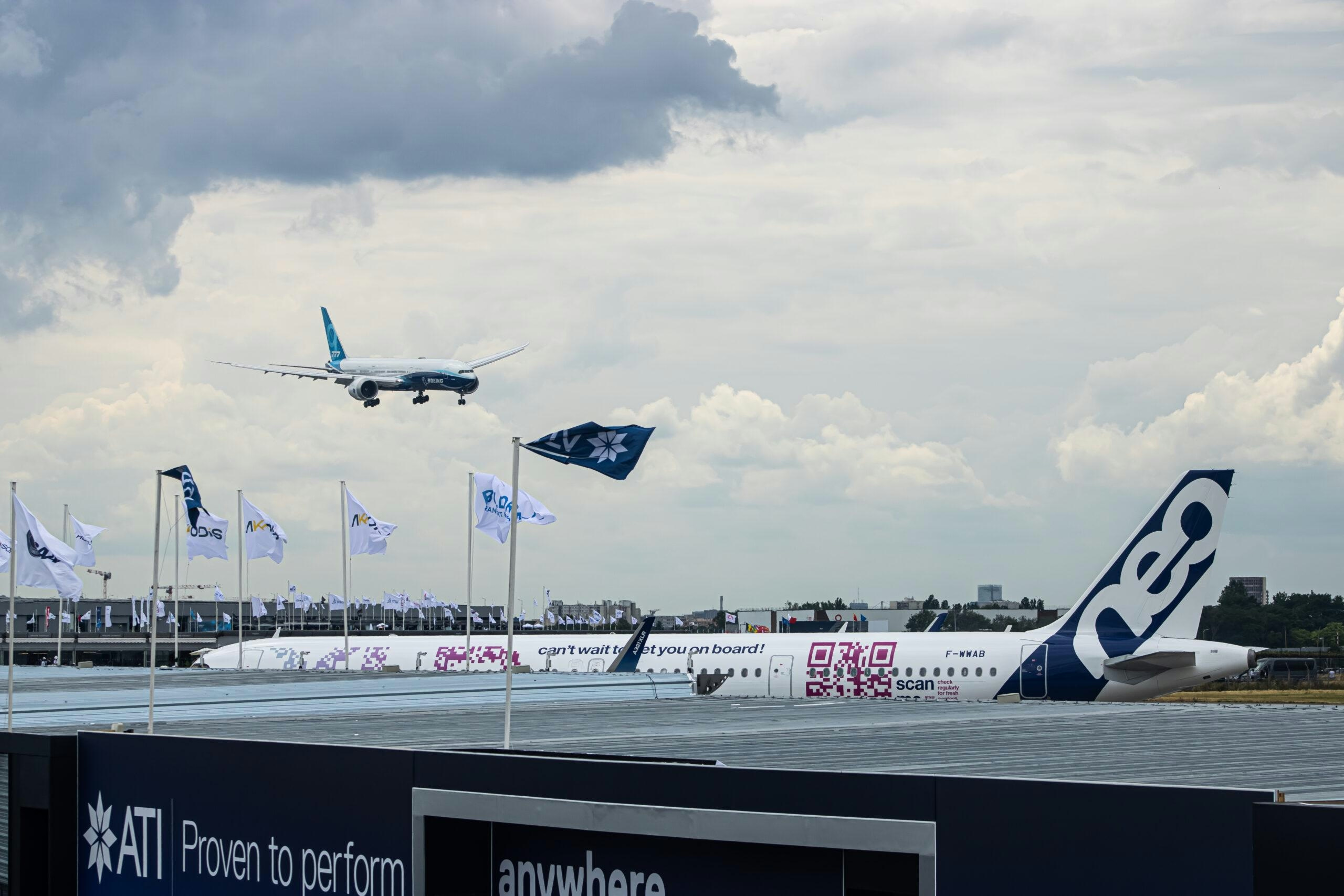
Airbus Secures Largest Aircraft Order of the Year
